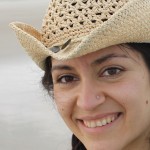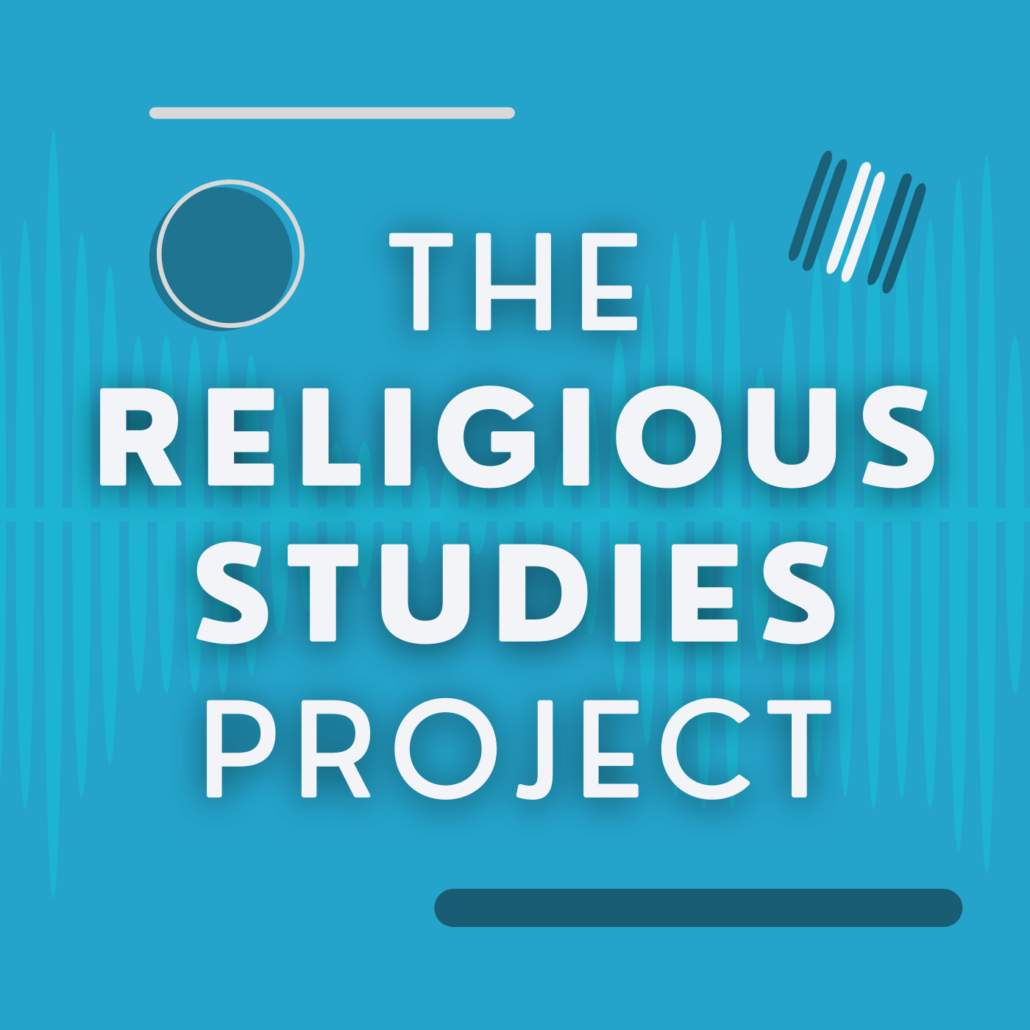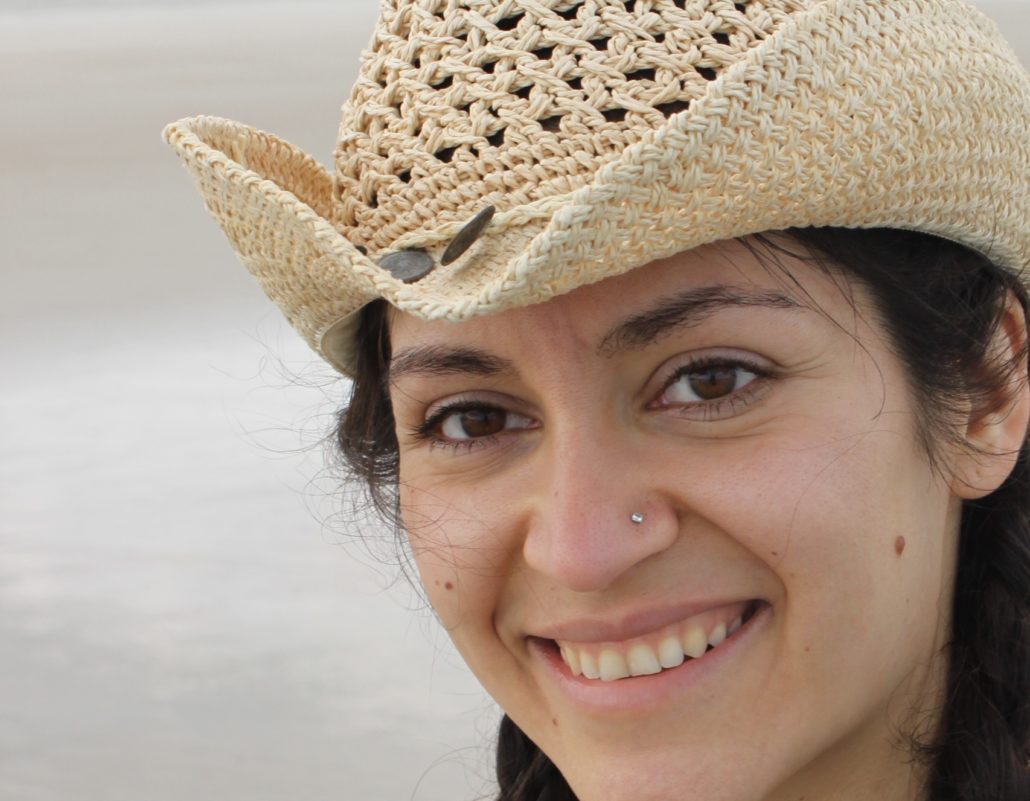Nuancing the Qual-Quan Divide:The Vitality of Research Methods in the Academic Study of Religion
By Yasaman S. Munro, Wilfrid Laurier University
Published by the Religious Studies Project on 4 July 2012 in response to the Religious Studies Project Interview with David Voas on Quantitative Research (2 July 2012).
By using “vitality” in the title above, I mean to point to two aspects of the same urgent call. First, I simply mean that research methods are vital to the academic study of religion. As Stausberg and Engler suggest, “it is through methods that data and theory speak to each other and become part of a shared horizon” (2011: 11), and indeed it is still not a platitude to recall that theory, method and data can be considered three sides of that triangle we conjure, whether implicitly or explicitly, whenever we conduct research in this discipline. Second, I mean to claim that the active engagement of students and scholars embedded in the study of religion with research methods contributes to the ongoing vitality of our discipline. Please allow me to elaborate.
In this interview with Professor David Voas—a social scientist in Britain specializing in demography, and a scholar who is deeply involved in quantitative research himself—interviewer David Robertson asks about the oft-cited distinction between quantitative and qualitative research. I’d like to comment on this, specifically on what my own social research methods professor called the “qual-quan” divide. Professor Voas goes so far as to contrast the “qualitative people” to scholars using quantitative methods. Yet, what he does hint at, but has not had a chance to elaborate upon here in this short interview, is that the division between qualitative and quantitative research methods can be quite blurry in practice, and furthermore, they can and often are used in conjunction, as for instance in mixed methods research (Stausberg and Engler 2011: 13). Both Voas and Robertson themselves point to what could arguably be considered qualitative problems inherent in quantitative research designs, namely issues around designing valid questionnaires to administer to an appropriate sample of people in order to address specific research questions. Or, for example, in my own research on domestic health and healing practices among Hindu migrants in Canada, I have found myself asking interviewees what Voas refers to as the “how much, to what extent” sorts of questions that could be classified as quantitative questions.
But, even more significant than recognizing this blurry divide is what I noticed in this podcast to be a tendency not to nuance either qualitative and quantitative research methods. Voas rightly points to the usually forgotten difference between methods of data collection and analysis, considering surveys conducted among individuals or organizations. He also outlines some pros and cons for using primary and secondary data collection and analysis. What seems to be missing here is the acknowledgement that both quantitative and qualitative research often involves far more than simply statistical data gleaned from surveys, or in-person interviews, respectively.
Michael Stausberg and Steven Engler’s recent edited volume is a breath of the proverbial fresh air in this regard. In this pioneering handbook on research methods in the study of religion, the editors and the diverse contributors consider a wide variety of research designs, data analysis and collection strategies. Included are everything from issues in research ethics and hermeneutics to network analysis and material culture. Another recent work, by Hilary Rodrigues and John S. Harding, does address approaches to the study of religion—a subject area for which Walter Capps (1995) deserves a notable mention—and would be more suitable for undergraduate students being introduced to research methods. Those of us immersed in religious studies would benefit from pursuing works like these.
Why are research methods so vital to us? A while ago Russell McCutcheon (1997) called on us to pay more critical attention to theory (and method) in the study of religion. We do have a number of important works dealing with theoretical topics in the study of religion (e.g. Braun and McCutcheon 2000; Hinnells 2005; Taylor 1998), and as Stausberg and Engler have in my opinion rightly claimed, our Method and Theory courses have tended to focus more on theory than on method per se. Furthermore, as Capps among others, has reminded us, “where one stands determines what one sees and what one can know” (1995: 334-5); arguably both our theories and methods are implicated in where we stand. Because our methods, just as it is the case with our theories, play such a vital part in structuring, and arguably even producing, the data we find in our research, when we do not explicitly address our research methods, we are not adequately taking advantage of the resources we have to render high quality research. We could more clearly examine our research questions, our methods for data collection and analysis (beyond simply claiming we are conducting “quantitative” or “qualitative” research), and we could more explicitly employ strategies to establish our project’s methodological credibility, among other things. We are each encouraged to immerse ourselves in these sorts of things not only for the sake of our own ongoing research but because doing so will benefit the students and colleagues whose research we continue to help foster together.
Given the interviewee’s background, the interview tends to focus on issues that are usually important to scholars practicing the sociology of religion, issues such as how to measure the degree of religiosity of adherents, and how demographic factors are complicit in these processes. The interview could therefore more accurately be titled “Quantitative Research in the Sociology of Religion in Europe and the United States.” What is important to note here is that Voas’ perspectives on the value of quantitative research, involving particular data collection and analysis strategies (especially those involving large-scale surveys), while valuable, do stem from his adherence to the particular research questions of concern to him. What listeners are therefore exposed to here does not by any means exhaust the possibilities for research designs available to other kinds of scholars carrying out other kinds of research in our multi-faceted discipline.
At the end of the interview, Voas and Robertson encourage young scholars to engage with quantitative research methods. While I wholeheartedly support their inviting sentiments, I suggest it is vital for students and scholars of religion to pay closer attention to research methods more generally. As I have heard often enough in multiple places, the research questions are what ultimately drive the method, and therefore quantitative research designs may not be suitable for all projects. In my own doctoral research, for example, I have found the use of semi-structured interviews in domestic spaces and photography of household medical items indispensable for addressing my particular research questions.
It was a pleasure listening to what I hope to be the first of several more podcasts addressing the richly various aspects of research methods in our discipline. The interview does provide listeners with a good introduction to some important topics, such as validity, sampling, and generalizability. Still, given that research methods courses are a long way from being abundantly accessible to students in the discipline, students (and scholars) of religious studies would benefit from continually engaging with some of the established and emerging literature on research design and methodology so they can further nuance their understandings (e.g. Creswell 2009; Bryman, Teevan and Bell 2009; Berg 2007; Denzin and Lincoln 2011). I have been fortunate in that at my academic institution we have had a “Fieldworkers’ Group” meeting at least once a term for several years to discuss issues we have collectively experienced in mostly anthropological fieldwork. Indeed, beyond classroom and textbook, we all might find it helpful to engage more in occasional roundtables at conferences or at our institutions to discuss best practices in our ongoing adventures with research methods.
I therefore join Stausberg and Engler among others in inviting students and scholars in our discipline to open the lines of dialogue and debate on the vital topic of research methods in the academic study of religion, otherwise our research triangles run the risk of looking a bit more like boomerangs.
This material is disseminated under a Creative Commons Attribution-NonCommercial-NoDerivs 3.0 Unported License. and can be distributed and utilised freely, provided full citation is given.
About the Author:
 Yasaman S. Munro is a PhD candidate in the joint Wilfrid Laurier University-University of Waterloo Religious Diversity in North America doctoral program. Her doctoral research focuses on relational and material dimensions of Āyurveda and associated South Asian medical modalities unfolding in the domestic spaces of Hindu migrants in the Waterloo Region of Canada. In particular, she is tracing how the health and healing ideas and practices manifesting in these spaces are linked to those elsewhere and at other times, and what these can tell us about people’s religious and other social identities. More broadly, Yasaman’s work examines intersections between what we call “religion” and “health” from a multidisciplinary approach.
Yasaman S. Munro is a PhD candidate in the joint Wilfrid Laurier University-University of Waterloo Religious Diversity in North America doctoral program. Her doctoral research focuses on relational and material dimensions of Āyurveda and associated South Asian medical modalities unfolding in the domestic spaces of Hindu migrants in the Waterloo Region of Canada. In particular, she is tracing how the health and healing ideas and practices manifesting in these spaces are linked to those elsewhere and at other times, and what these can tell us about people’s religious and other social identities. More broadly, Yasaman’s work examines intersections between what we call “religion” and “health” from a multidisciplinary approach.
References:
Berg, Bruce L. (2007). Qualitative Research Methods for the Social Sciences, Sixth Edition. Long Beach: California State University.
Braun, Willi, and Russell McCutcheon, Eds. (2000). Guide to the Study of Religion. London and New York: Cassell.
Bryman, Alan, James J. Teevan and Edward Bell. (2009). Social Research Methods, Second Canadian Edition. Oxford and New York: Oxford University Press.
Capps, Walter H. (1995). Religious Studies: The Making of a Discipline. Minneapolis: Fortress Press.
Creswell, John W. (2009). Research Design: Qualitative, Quantitative, and Mixed Methods Approaches. Thousand Oaks: Sage Publications.
Denzin, Norman K., and Yvonna S. Lincoln, Eds. (2011). The Sage Handbook of Qualitative Research, 4th revised edition. London and Thousand Oaks: Sage Publications.
Hinnells, John R., Ed. (2005). The Routledge Companion to the Study of Religion. London and New York: Routledge.
McCutcheon, Russell T. (1997). Manufacturing Religion: The Discourse on Sui Generis Religion and The Politics of Nostalgia. Oxford and New York: Oxford University Press.
Rodrigues, Hillary, and John S. Harding. (2009). Introduction to the Study of Religion. London and New York: Routledge.
Stausberg, Michael, and Steven Engler, Eds. (2011). The Routledge Handbook of Research Methods in the Study of Religion. Abingdon, Oxon; New York: Routledge.
Taylor, Mark C., Ed. (1998). Critical Terms for Religious Studies. Chicago and London: The University of Chicago Press.



